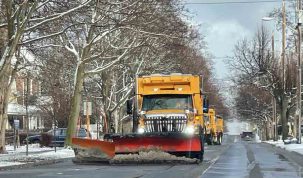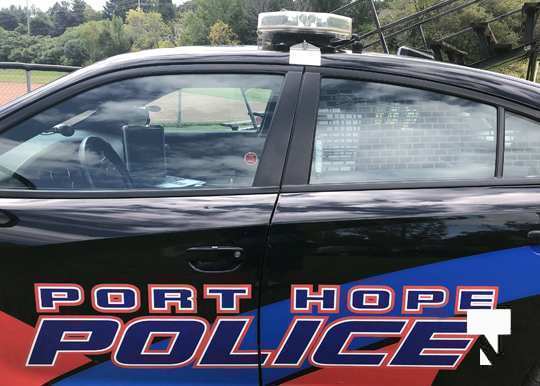New electricity rate would help get chargers built in more communities across the province
Ontario’s Minister of Energy, Todd Smith, has asked the Ontario Energy Board (OEB) to explore options for an Electric Vehicle Charger Discount Electricity Rate as the province continues to support the adoption of electric vehicles (EV). A new rate would reduce the cost of electricity for public EV chargers in areas where demand for the service is only beginning to emerge, making charging infrastructure more economical in more communities and giving Ontario drivers the confidence they need to transition to electric vehicles.
“With more than 150,000 electric vehicles already on the roads in Ontario, we’re continuing to look at new ways to increase the number of public chargers – including reducing electricity rates for chargers in areas where electric vehicle usage is just beginning to emerge,” said Minister Smith. “This is another step we are taking to give drivers in every part of our province, including rural Ontario, the confidence to transition to electric vehicles, and take advantage of our growing, world-class clean grid.”
Under existing rules, public EV charging stations in areas with low EV adoption rates can be expensive to operate as they experience sharp peaks in demand when an EV is charged, but they still incur costs when they are not used for most of the day. Electric vehicle charging stations predicted to have low utilization are either not built or operate at a loss, giving rise to charging accessibility concerns.
A new electricity rate would support electric vehicle adoption across the province by reducing the electricity costs for charging infrastructure where demand is only beginning to emerge, making them more economical. Starting this month, the Ontario Energy Board will conduct public consultations on a new Electric Vehicle Charger Discount Rate with the intent of making the new rate available to public EV charging providers by January 1, 2026.
“We’re making it easier to own an EV by filling gaps in public charging infrastructure,” said Prabmeet Sarkaria, Minister of Transportation. “Today’s announcement highlights important work to support EV uptake outside of large urban centres and transition Ontario to a sustainable, low-carbon transportation system.”
This initiative is part of the government’s larger plan to support the adoption of electric vehicles and make EV charging infrastructure more accessible, which includes:
- The EV ChargeON program – a $91 million investment to support the installation of public EV chargers outside of Ontario’s large urban centres, including at community hubs, Ontario’s highway rest areas, carpool parking lots and Ontario Parks.
- The new Ultra-Low Overnight price plan, which allows customers who use more electricity at night, including those charging their EV, to save up to $90 per year by shifting demand to the ultra-low overnight rate period when provincewide electricity demand is lower.
- Making it more convenient for electric vehicle owners to travel the province with EV fast chargers now installed at all 20 renovated ONroute stations along the province’s busiest highways, the 400 and 401.
“With $43 billion in new electric vehicle and EV battery manufacturing investments in Ontario’s auto sector over the last several years, our government is working to improve access to public charging infrastructure to support drivers who are making the transition to electric vehicles,” said Vic Fedeli, Minister of Economic Development, Job Creation and Trade. “Making electricity rates more affordable, especially in areas with emerging EV demand will be integral as we continue to build a fully integrated end-to-end EV supply chain across our province.”
The initiative also builds on the government’s Driving Prosperity: The Future of Ontario’s Automotive Sector plan to create a domestic EV battery ecosystem in the province and position Ontario as a North American automotive innovation hub by working to support the continued transition to electric, low carbon, connected and autonomous vehicles.
“This rate aims to fairly allocate costs and better support the efficient integration of EVs in Ontario,” said Susanna Zagar, CEO of the OEB. “This is another way the OEB is enabling and advancing Ontario’s clean energy advantage. We look forward to hearing from electricity distributors, EV charging service providers and other stakeholders to inform this work as we strive to solve energy challenges effectively and meet the demands of the energy transition.”
Quick Facts
- The new retail transmission service rate, if approved, would be available to public EV charging stations with low utilization, between 50kW and 4,999 kW.
- If approved by the Ontario Energy Board, local distribution companies would begin offering the rate to public EV charging providers beginning January 1, 2026.
- As of March 2024, there are more than 150,000 EVs registered in Ontario, including both battery-electric vehicles (BEV) and plug-in hybrid electric vehicles (PHEV). By 2030, there are expected to be more than one million EVs on the road in Ontario.






















